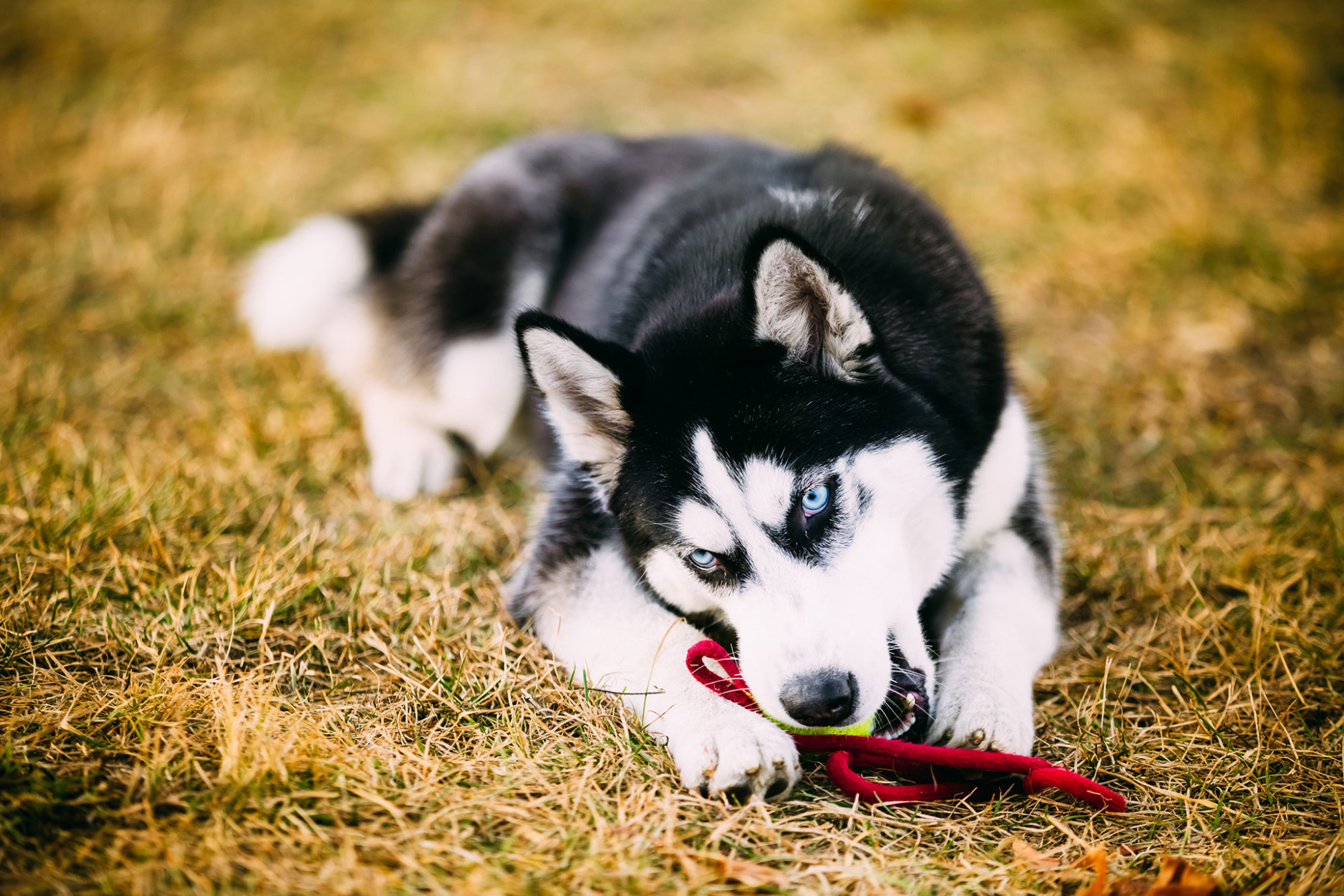
General Members
This group is dedicated to members who want to interact with other members and talk about their... View more
Jumpy and Mouthy adult shelter dogs
-
Jumpy and Mouthy adult shelter dogs
I’m a canine behavior/training team staff member at a large municipal shelter. I’m partially through the shelter training course, and am finding it to be extremely helpful, however, I’m struggling with implementing some of the practices because as an organization we’ve made different choices regarding equipment and handling dogs (example: all dogs are taught a specific kennel routine, are on martingale collars, I’m limited as to use of tools, etc).
We have a lot of adult dogs displaying “JAM” (jumpy and mouthy) behavior. These dogs get overly excited getting out of kennel and the bites are playful, but the dog’s intention doesn’t matter if a tooth cuts skin, which eventually happens as this escalates during their time in the shelter. I’m able to handle their type of dog without issues, but kennel employees and volunteers aren’t. If this was happening with one or two dogs here and there, we’d just make those animals “training team only,” but this happens with countless dogs, and I’d rather address the larger problem. Many of these dogs will jump very quickly and very high, tagging the person high on the arm or face, but then in a flash, they’re offering a sit and making eye contact, so it’s too late for a correction. They aren’t breaking skin or really biting clothing every time, but tooth scrapes are a big risk, and this isn’t a good behavior even if the dog doesn’t have to go on bite quarantine.
I can give more details as to our protocols, because I can’t just change our program however I want, but any advice for jumpy/mouthy adult shelter dogs? Equally critical is hard mouthed/“takes treats too hard” adult dogs. This is sadly becoming a matter of life and death for some of our dogs. Yes, we say don’t hand-feed for some, but then training and handling without food becomes nearly impossible in this setting, and again, this doesn’t fix a problem or improve the dog.
I’m hoping for guidance as to what behavior modification I can do for hard mouthed dogs and JAM dogs, likely making those kinds of dogs “training team only” as soon as we noticed the behavior, then returning them to regular status after it was improved. Any articles, advice, etc? Thank you
Log in to reply.

